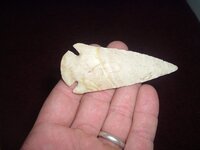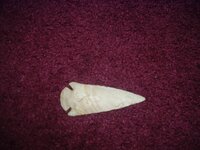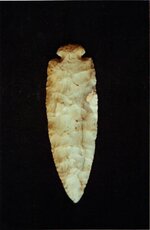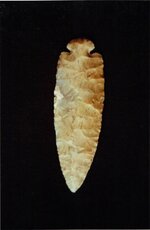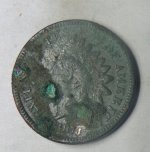I went to the flea market today, and purchased this dovetail, it looks like a good piece.
I paid $100 dollars for it. THE guy said it was from Indiana.
I paid $100 dollars for it. THE guy said it was from Indiana.
Attachments
Upvote
0


